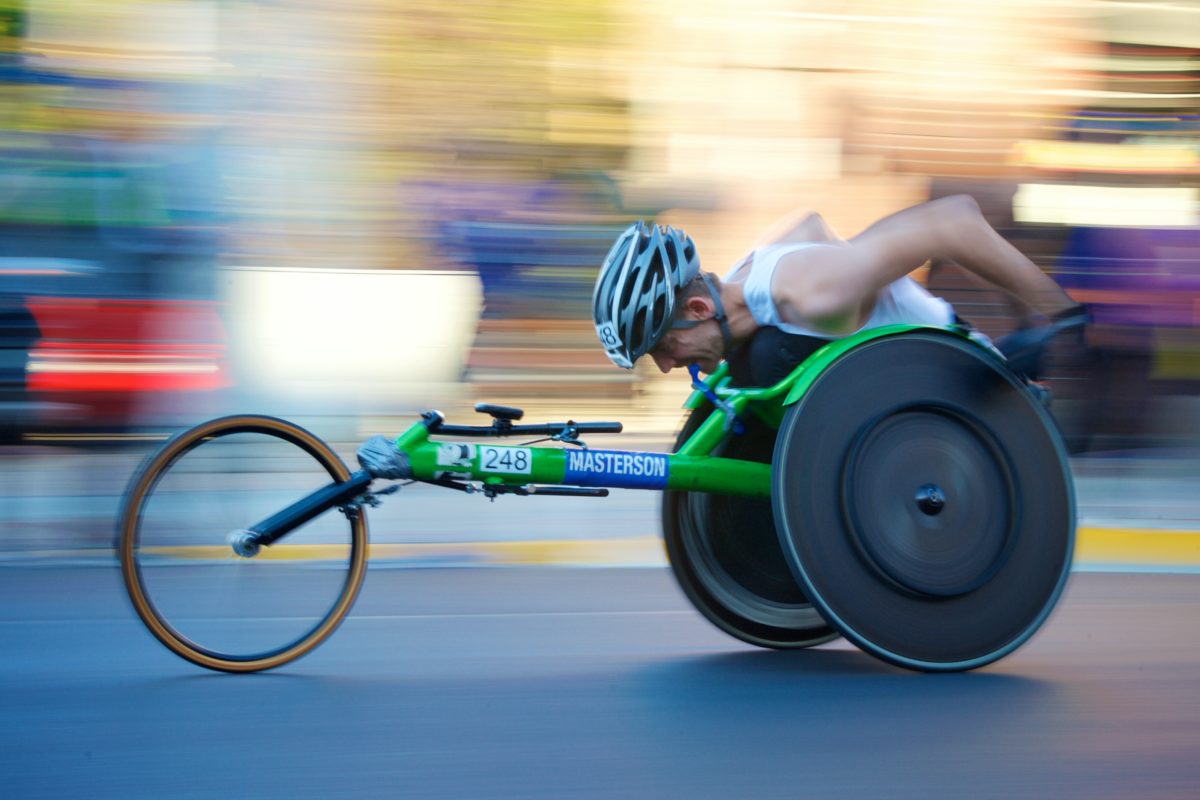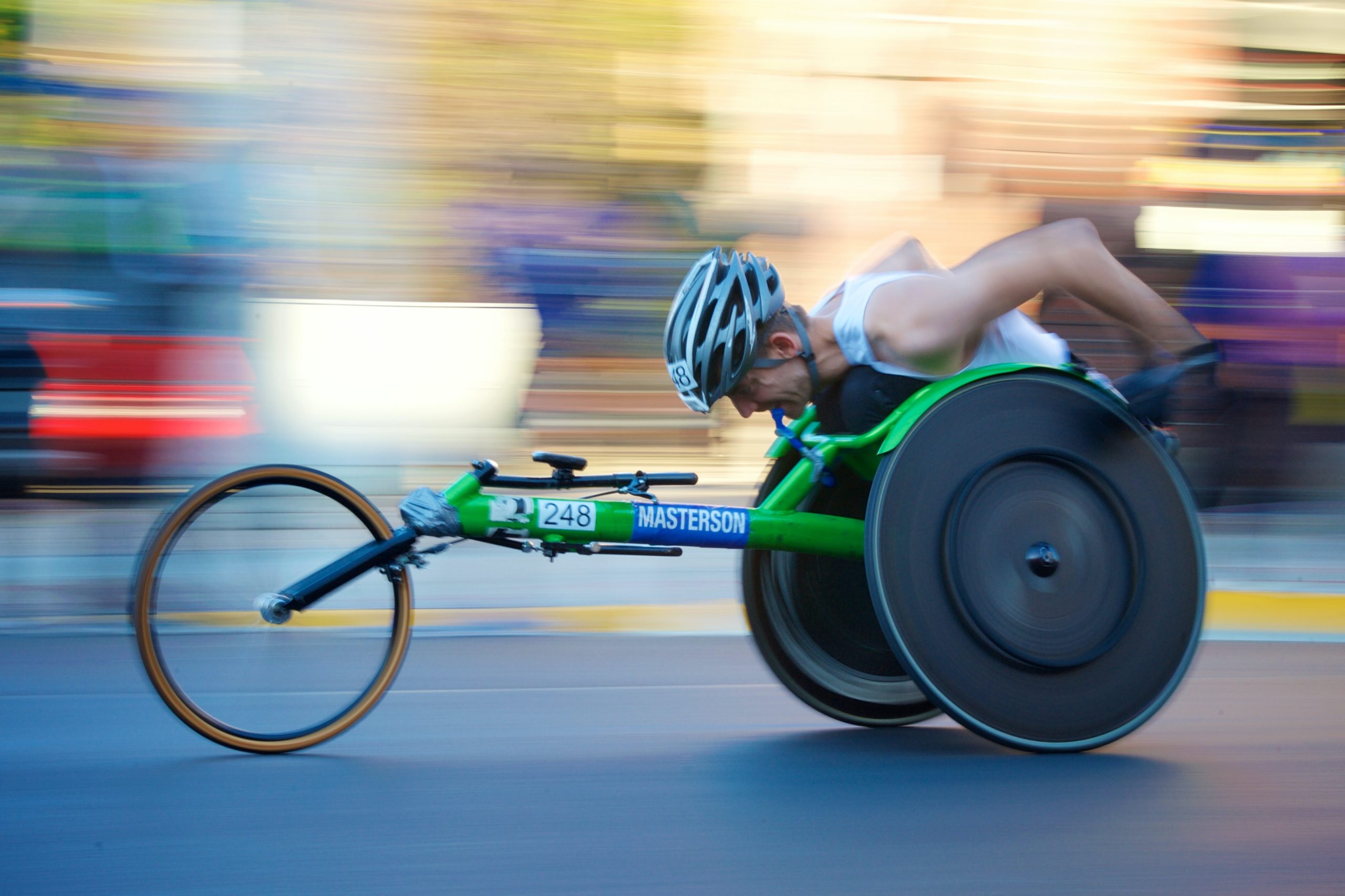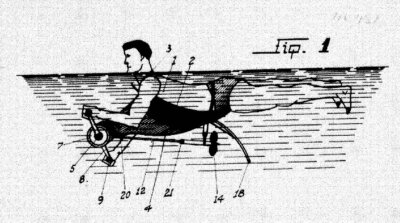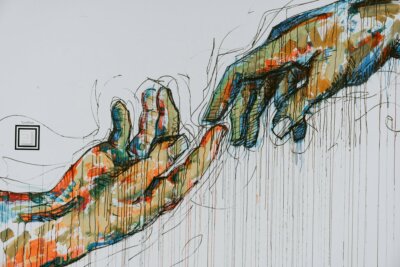With no less than 54 medals won during the Tokyo 2020 Paralympic Games, these French athletes, but also those from other nations, made us vibrate for long exceptional moments. To pay tribute to them and their amazing performance, and demonstrate that technology can efficiently facilitate their integration, Brandon Valorisation has decided to dedicate an article to innovations aimed at facilitating and promoting the practice of sport for people with disabilities.
Cycling: ride with 5G
As incredible as it may sound, it is possible for a person with impaired vision to run on a velodrome. This is what happened to Paralympic champion Tristan Bangma in 2020. Usually, this visually impaired athlete rides tandem with a pilot. Vodafone allowed him to run solo thanks to a prototype invention made up of two scanners placed on his bike to map the racetrack and other riders around him. The images are then sent to a computer which converts them into an audio signal, then transmitted to the cyclist’s helmet using 5G. The sound received enables him to hear the bikes around him and to follow the path of the track by anticipating the positions of his competitors. This has been made possible by the higher speed and bandwith of 5G.
Below is the presentation video (in German):
Find out more about Vodafone technology: www.vodafoneziggo.nl
Paralympic swimming: a connected cap for swimmers
Associated with the Spanish Paralympic Committee, Samsung launched in 2016 a connected cap for disabled swimmers, “Blind Cap”. It enables swimmers with visual impairments to be alerted when approaching the edge of the pool. Instead of warning them by tapping them on the head with a pole, the coach uses a connected watch wired to the swim cap. When the swimmer approaches the edge, the coach taps the watch, which will trigger a vibration of the cap. The swimmer is thus warned that he must prepare to turn.
Watch the presentation video here:
More and more sophisticated prostheses
What has perhaps evolved the most over the past 70 years are prosthetics. While the first models were made of wood, they now rely on carbon fiber, are very light and adaptable to any type of morphology, and are equipped with multiple sensors that coordinate, anticipate, and promote movements. Thanks to these advanced tools, new world records have been established!
More and more sophisticated, it is expected that in the future, prostheses will be able to restore sensations to those who use them, with a better control, more precision, even the “repair” of certain senses. Artificial Intelligence and sensors improve mobility thanks to a better recognition of desired movements, and the appearance of exoskeletons will, with time, help people move again. For example, Julien Vedani, a Frenchman suffering from multiple sclerosis, climbed part of Kilimanjaro in August 2021 using an exoskeleton.
Learn more about the ascension of Julien Vedani.
Ever lighter wheelchairs
As technology evolves, the weight reduction in wheelchairs for disabled athletes continues. They have lost nearly 15kg since the 1970s and 1980s, for devices that are always better suited to sports. Technical innovations have made it possible to create wheelchairs dedicated to specific sports, such as hiking, wheelchair football, wheelchair basketball, wheelchair fencing, etc. Each wheelchair is designed according to the specific constraints of each discipline, with 3 or 4 wheels, straps, anti-tip wheels, or other.

Innovation in paraski
Created for people who have difficulty accessing skiing, with a so-called “invisible” disability, the SNOOC enables sit-skiing. Several support points increase its stability, as does the proximity to the snow when sliding. It is accessible to everyone, disabled or valid.
To know more: https://snooc.ski/blogs/infos/innovation-dans-le-handiski-ski
Hippolib: when riding is accessible to all
In 2012, after 6 years of research, the Hippolib innovation was patented. It is a horse saddle adapted to different forms of disability and which meets safety requirements and enables both performance and comfort. Thanks to its backrest, a person with a motor handicap can be maintained and positioned in an optimal way and thus practice his or her leisure activity with great serenity, with a cushion that adapts to his or her morphology.
Find out more about Hippolib: www.mouvly.com/nos-sports/equitation/
Do you have other specific innovations for the disabled sports in mind? Do not hesitate to share them with us, we could present them in a future article!




